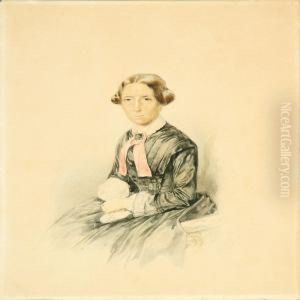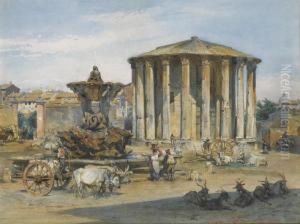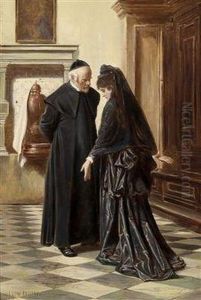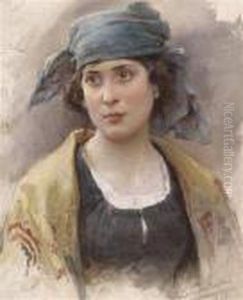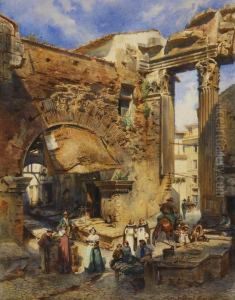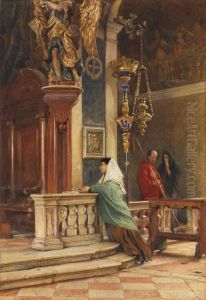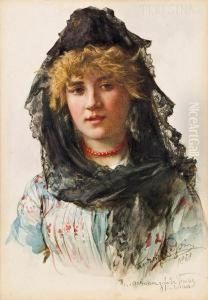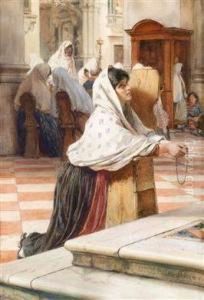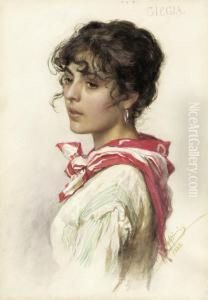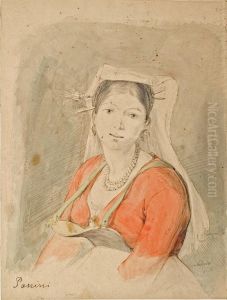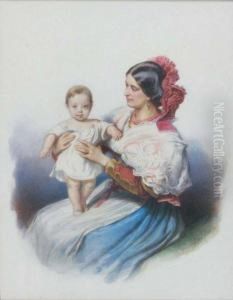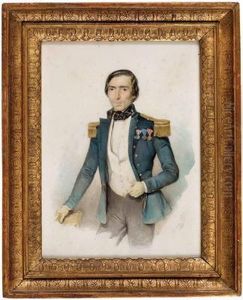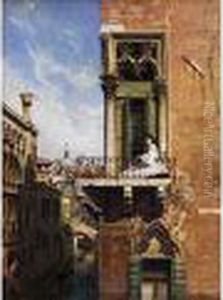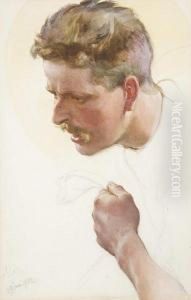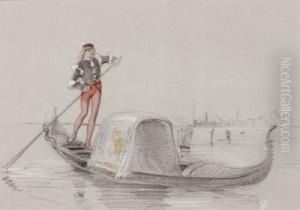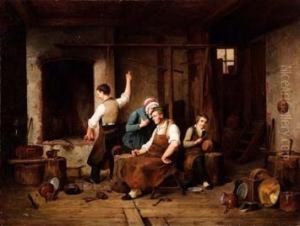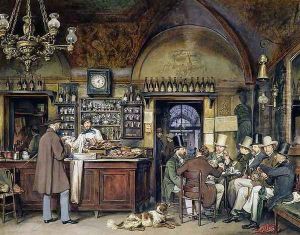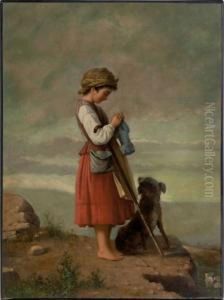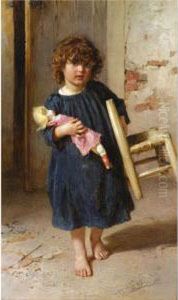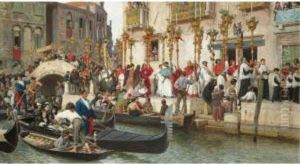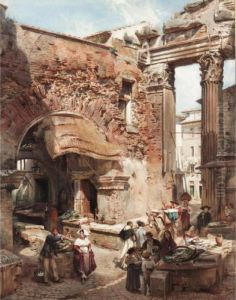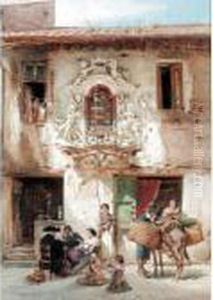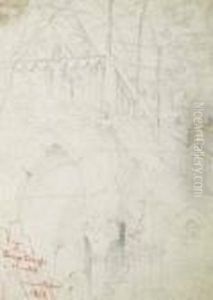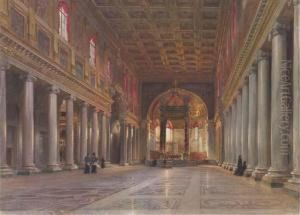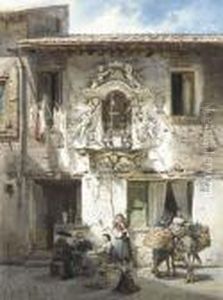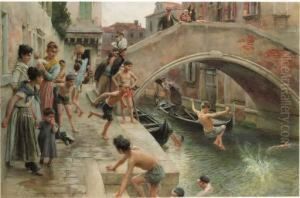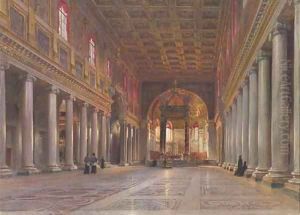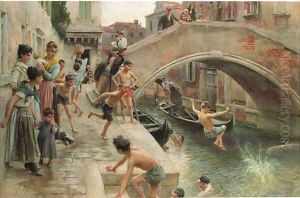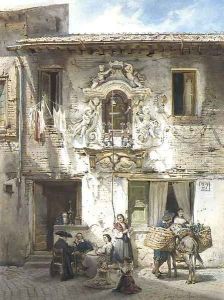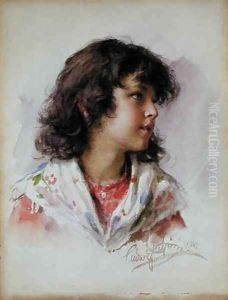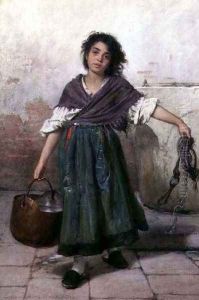Ludwig Passini Paintings
Ludwig Johann Passini was an Austrian genre painter born on July 9, 1832, in Vienna. He was recognized for his detailed and vivid depictions of scenes from everyday life, often set in Italy, which captured the essence of the people and their environments with a notable degree of realism and warmth.
Passini showed an early talent for art and began his formal training at the Academy of Fine Arts Vienna. He was a student of Leopold Kupelwieser and later continued his studies in Venice under the guidance of Carl Friedrich von Breda, whose influence is evident in Passini's choice of subjects and style.
The artist spent a significant part of his career in Italy, where he drew inspiration from the vibrant street life and the picturesque settings of Venice and Rome. He was particularly adept at capturing the play of light and shadow, which added a lively atmosphere to his works. Passini's paintings often featured market scenes, religious festivities, and moments of daily life, rendered with a sensitive touch and attention to detail.
Passini's work was well-received during his lifetime, and he exhibited in various art shows, including the Paris Salon and the Vienna Künstlerhaus. His art was appreciated for its narrative quality and his ability to convey the character and mood of his subjects.
Beyond genre painting, Passini also made contributions to illustration, working on graphics for books and periodicals. This aspect of his work further showcases his versatility and skill as a draughtsman.
In his later years, Passini continued to paint and traveled between Austria and Italy. He passed away on November 6, 1903, in Trieste, leaving behind a legacy of work that provides a charming and insightful portrayal of 19th-century life in Europe. His paintings are held in various collections and continue to be studied and admired for their historical value and artistic merit.
